Trust your data. Laura Marie Letellier learned this critical lesson early as a young engineer for the Navy and it has influenced her entire career.
Laura has been able to make significant contributions to engineering with the U.S. Navy and with Baxter by trusting her data. Although, she initially wanted to go to law school, she began her path to engineering before college while working for her family’s steel fabricating business. Her work with the family business enabled her to earn a scholarship through the U.S. Navy to attend Purdue University and earn a degree in Aeronautical Engineering. While in college, Laura realized that she had a gift to see the world differently and provide unique solutions, and this cemented her desire to be an engineer.
After college, Laura entered the Navy as an active duty officer and engineer. During her first assignment, she was fortunate to work with Admiral Hyman G. Rickover, the “Father of the Nuclear Navy” and inventor of nuclear power, nuclear, submarines, and designer of the first civilian nuclear power plant. From his guidance, Laura learned the power of trusting her data and scientific tools. She says, “Admiral Rickover believed that there was no problem that we could not solve using science and engineering.” He also believed that “no matter the situation there was always 30 seconds to think about your decisions and try to do no harm with your actions”. Admiral Rickover’s lessons instilled a powerful sense of confidence in Laura and the mantra that problems can indeed be solved no matter how challenging. Following her work with nuclear power and designing nuclear ships, Laura switched to the Naval Reserve and also held a civilian engineering job. Although, her Naval Reserve work was not continuous she was able to become Executive Officer of an amphibious warfare unit. While Executive Officer, she designed and maintained the watercraft that transported marines from the main ship to shore for amphibious operations. Amphibious warfare challenged Laura differently because she had to make immediate decisions in the field. While Laura enjoyed the intellectual challenges of being an engineer for the Navy, even non-continuous Naval Reserve assignments did not mesh well with her family life; and she asked to be reassigned to a non-deploying desk job. Laura says that getting the reassignment so that her family could benefit was “extremely difficult”. Despite the challenges she encountered designing nuclear powered ships and operating amphibious warfare craft, she says that balancing work and family was her hardest assignment.
Laura claims that her largest professional achievements were the contributions she made as an engineer at Baxter. She says her switch from a military centered profession to an area that is designed to sustain life was a conscious decision. She remembers walking through a warehouse filled with components for nuclear weapons and thinking, “this is not what I went to school to do.” Indeed, at Baxter, she became a Product Design Owner and Lead Systems Designer for infusion pumps for intravenous medication, thus helping to better countless lives. She states that her technology is “responsible for about 30 million infusions each year”. Her team also developed the technology for the first FDA-approved remote sensing in medical infusion systems. The technology was aimed at helping to alleviate the understaffing of hospital floors by delivering infusions remotely and detecting medication errors. Laura also helped write the claims for nine published patent applications relating to that system for which she is a co-inventor. Laura states, “This was the work that woke me up at 2 and 3 am because of the amount of harm that could come to millions” if she made a mistake. However, the lessons that Admiral Rickover taught her enabled Laura to trust her data and create extraordinary products. This remarkable trust in her data and understanding of science enables Laura to brand herself as a scientist engineer. According to Laura, “There is nothing more gratifying than seeing something that came out of your head translated into a usable product that helps people.”
During Laura’s time at Baxter, she mentored a junior engineer named Megan Bosley through Baxter’s mentoring program. Although, Laura was ostensibly Megan’s mentor, Laura says that both women learned from each other. Laura passed along her confidence for her data to Ms. Bosley while Ms. Bosley, a biomedical engineer by training, taught Laura Organic Chemistry, and how to be comfortable using the metric system. Laura says that it feels wonderful to see Megan have the confidence to solve problems and be formally recognized by Baxter with professional promotions. Ms. Bosley has been so positively impacted by Laura that she nominated Laura for the AWIS Innovator of the Year of the Chicago chapter.
Laura retired from Baxter this year but plans to continue her collaboration with Ms. Bosley and Baxter through a contract position developing nanotechnology. Along with her planned contract position Laura is a partner with another family member in a court reporting business, Lake-Cook Reporting Ltd. Laura is responsible for organizing the technical aspects of the business, such as video conferencing and recording.
Thinking back, Laura is extremely happy that she decided to be an engineer. She firmly believes that her ability to see solutions is a gift and that her abilities serve the greater good. Her advice for young women is that “science and engineering are for you” and that women should not be receptive to the “subtle messages that science and engineering are only for men”. In my short conservation with Laura, was just as interested in my research as I was in learning about her life. She and I agreed to keep in touch and she requested to write the Scientist of the Month article about me when my time comes.
Nomination by AWIS member Megan Bosley and article written by AWIS Chicago Staff Writer Beth Sefton. Ms. Sefton is a PhD candidate at Northwestern University.
Know a scientist you think should be featured in an upcoming “Scientist of the Month” article? Send nominations to communications@awis-chicago.org. Your nominee does not need to be an AWIS member or a woman, but should promote the advancement of women in science, technology, mathematics and engineering.
Want to keep yourself up-to-date on AWIS Chicago activities? You can request to be added to our listserve by clicking here, and join the AWIS Chicago group on LinkedIn and Facebook by clicking the icons on the bottom right of this page.

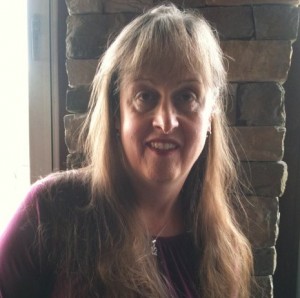
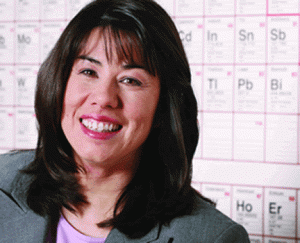
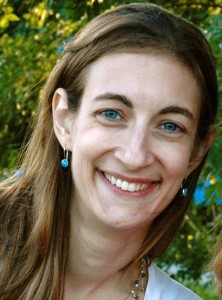
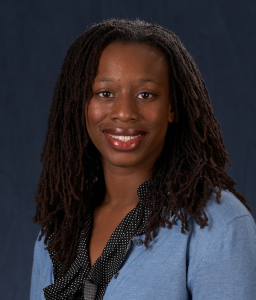
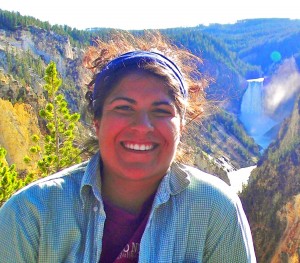
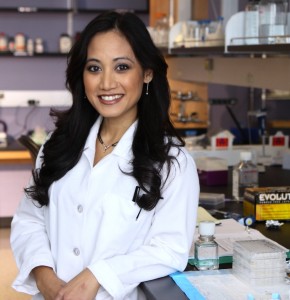 by Eun Ji Chung, Ph.D.
by Eun Ji Chung, Ph.D.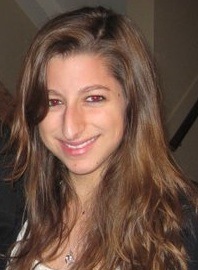 By Marina Pazin
By Marina Pazin